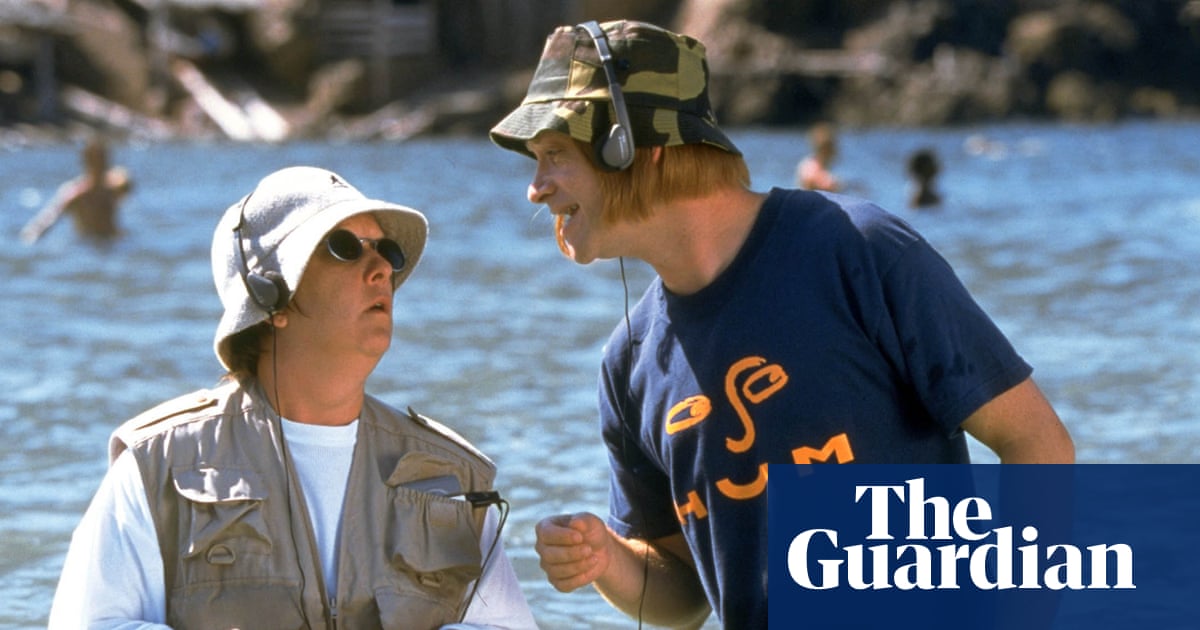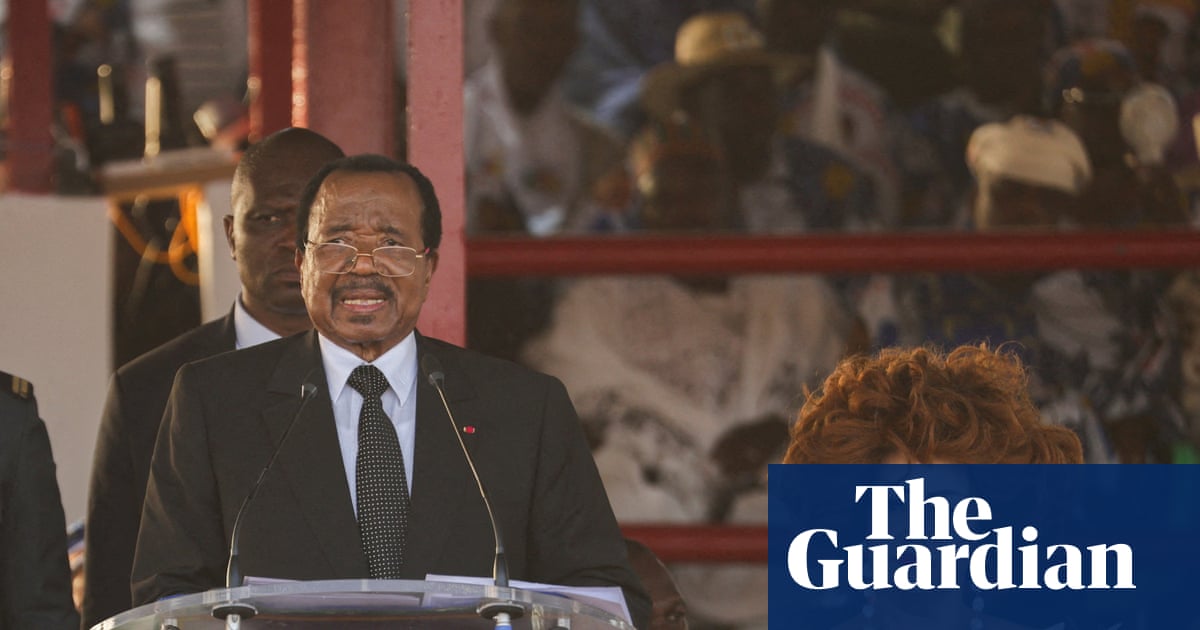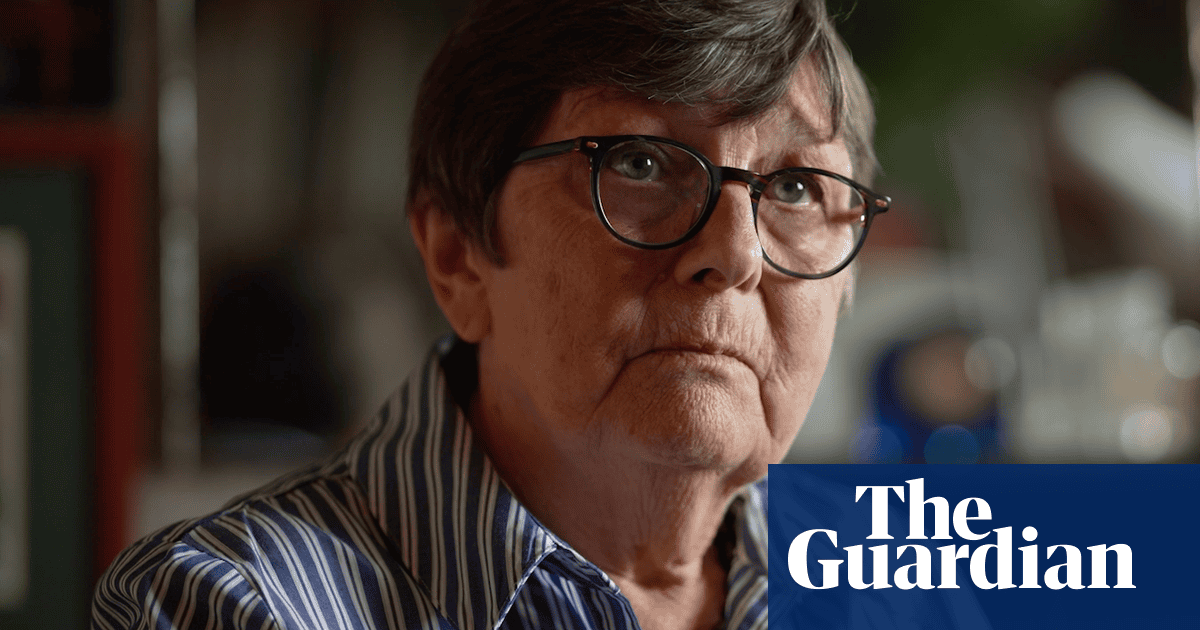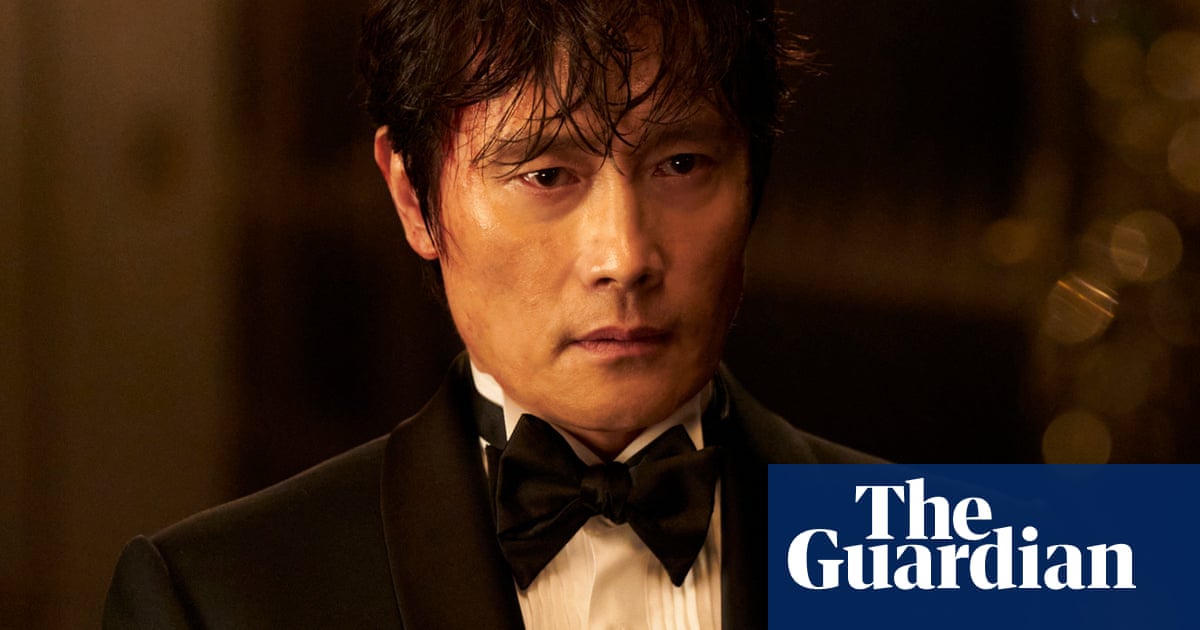They must think they’re making The Empire Strikes Back – or at least Avengers: Infinity War. That’s the simplest explanation of how a movie like The Old Guard 2, a sequel to a generally well-liked Netflix action movie released in 2020, can be released five years after its predecessor without including the courtesy of an actual ending.
Now, technically speaking, especially by the cliffhanging standards established by Star Wars and Marvel, The Old Guard 2 does have an ending (which will be spoiled in short order for clarity’s sake, so don’t read on if you haven’t seen it and want to experience a more organic disappointment). Andy (Charlize Theron), a centuries-old warrior who has lost and subsequently regained her healing powers of near-immortality, fights her enemy Discord (Uma Thurman) to a draw – which allows Discord to escape with the other members of Andy’s immortal team, so she may steal their healing powers. This seems to set up a final rescue/confrontation for the final 30 minutes of the film. Instead, Andy and her once-estranged bestie Quỳnh (Veronica Ngô) resolve to save their comrades. As they enthusiastically run off to do so, the movie ends.
This suddenness may strike some viewers as a mercy. (The Old Guard 2 is pretty bad well before it punts its climax to another movie.) Narratively, it does vaguely resemble The Empire Strikes Back - except that the bad guy who gets the upper hand was only introduced in this sequel. That means the new movie doesn’t quite offer the full reversal that Empire does in relation to Star Wars, where Darth Vader was defeated at the end only to return with more physical and emotional firepower in Empire. Still, the idea seems to be a similar sense of characters picking themselves up and fighting on as they charge toward The Old Guard 3.
On a more practical level, there’s a bigger issue at play: The Old Guard 3 does not, at present, exist. It has not been shot or greenlit. Both of those things could happen quickly, but on the other hand, The Old Guard 2 took years to make it to Netflix. (It was shot back in 2022, put on post-production pause during a Netflix executive shift, and returned for additional shooting last year.) Greg Rucka, the comics creator who also co-wrote the screenplays for the first two movies, has talked about wanting to make a trilogy, and The Old Guard 2 certainly acts as if that’s the plan. But it’s entirely possible that the series could end here.
Similarly, it’s possible that 28 Years Later, envisioned as a trilogy with one sequel already sequel completed and release-dated, could leave off its final movie. The first movie (which, confusingly, is also the third in its series) is a hit, but has also polarized audiences. This could make the already-shot sequel due in January drop off hard, and therefore give Sony second thoughts about financing the third movie, which hasn’t officially been greenlit. If it doesn’t happen, will the series need to wait another 10 or 20 years to build up enough goodwill and demand for a continuation?
The scenario of maximum terror or, depending on your perspective, hilarity is the Divergent series. A planned four-film series based on the popular YA novels kicked off with a hit in 2014. But after the third film took a steep 50% dive from its predecessor in the US, the series was abruptly curtailed. A decade earlier, the DVD market might have been enough reason to go ahead with the fourth film anyway; this was not the case by 2016. (The idea of a wrap-up feature for TV was discussed, and apparently dismissed by the movie’s stars.) So now there are still just three Divergent movies, the last one ends with almost no resolution, and the chances of anyone ever agreeing to revisit the material seem close to nil. (Even sadder/funnier, this was a particularly unforced error: the third book in a trilogy had been split into two movies, as was the cash-grab style at the time.)
This is an inevitable side effect of treating movies as serialized entries in franchises that will last at least three entries, if not forever; it becomes easier and easier to defer an actual ending far off into the distance, into the realm of projects that may never actually come to pass. Obviously some teases can work wonders; that moment at the end of Batman Begins where Jim Gordon presents Batman with the Joker playing card and audiences went legitimately nuts with anticipation is a studio executive’s dream. But that works a lot better when the preceding movie feels complete.
And as deflating as it feels to watch a movie that feels like it’s holding back certain ideas or elements for a sequel that may or may not get made, it’s doubly so to watch a movie that flagrantly holds back its own story – not even for another two-hour installment to follow in a few months, but in a kind of weird ransom situation: give us enough money and you can see how it turns out! That’s been the subtext of the 28 Years Later interviews that mention how original star Cillian Murphy appears briefly in the already-made sequel, but would feature more heavily in the unmade threequel. Presumably Murphy’s prestige and the series’ name-brand recognition will be enough to get that movie going. But it’s entirely possible an Oscar winner will wind up teasing a nonexistent resolution.
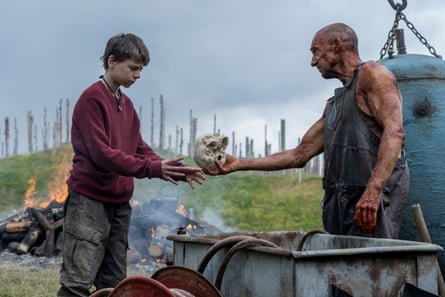
To be fair, in some ways these risky cliffhangers have been created in part by adhering to conventional wisdom about how to build a movie series. Fanboy types love to talk about the importance of a big franchise plan, pointing to the zig-zagging recent Star Wars sequel trilogy as the ultimate example of the peril that awaits moving forward without a blueprint.
But sometimes – often? - not having a specific plan for a sequel, trilogy, or 10-movie cycle with three TV spinoffs is a secret weapon. Some of the best sequels of the century so far – The Dark Knight; Star Wars: The Last Jedi; Avatar: The Way of Water – have been made with full knowledge that a third movie would very likely (or in some cases definitely) follow, and contain plenty of possible threads for that next installment. Yet those examples also pointedly avoid getting specific with their set-up, and provide highly satisfying endings to the stories at hand, rather than teasing audiences with specific hints about what’s to come or directly deferring major story developments to some later date.
For that matter, I’m not fully convinced that some go-to examples of great cliffhangers that were guaranteed to be resolved, such as Empire or Infinity War, are actually all that impressive, either, at least from a narrative perspective. Empire at least has a major revelation, that Darth Vader is Luke Skywalker’s father, for the audience (and the character) to sit with, making the break before Return of the Jedi seem more necessary. Infinity War, though, is just a lengthy rev-up to a non-ending disguised as a downer – a setback for the heroes to wriggle out of (or what used to be called the three-quarters mark). A lot of fans seem to have loved it more than the actual resolution – just as many viewers often appear more interested in long-gap legacy sequels to movies where they’d often stopped attending the sequels years ago.
At the very least, making movies without a franchise map beats having a plan that inevitably depends on outside forces – viewership, cast participation, the right executives staying enthused – to actually execute. Leaving a cliffhanger like the one that not-really-ends Old Guard 2 seems like a misguided expression of faith that the audience will be excited rather than enraged. But it may also be a way of sharing the corporate-induced stresses of film-making with the audience. Suddenly it’s not just the film-makers wondering how or if a movie’s story can be finished up properly, and whether a franchise will be considered profitable enough to carry on. Now it’s the viewer’s problem, too.

 3 months ago
49
3 months ago
49














